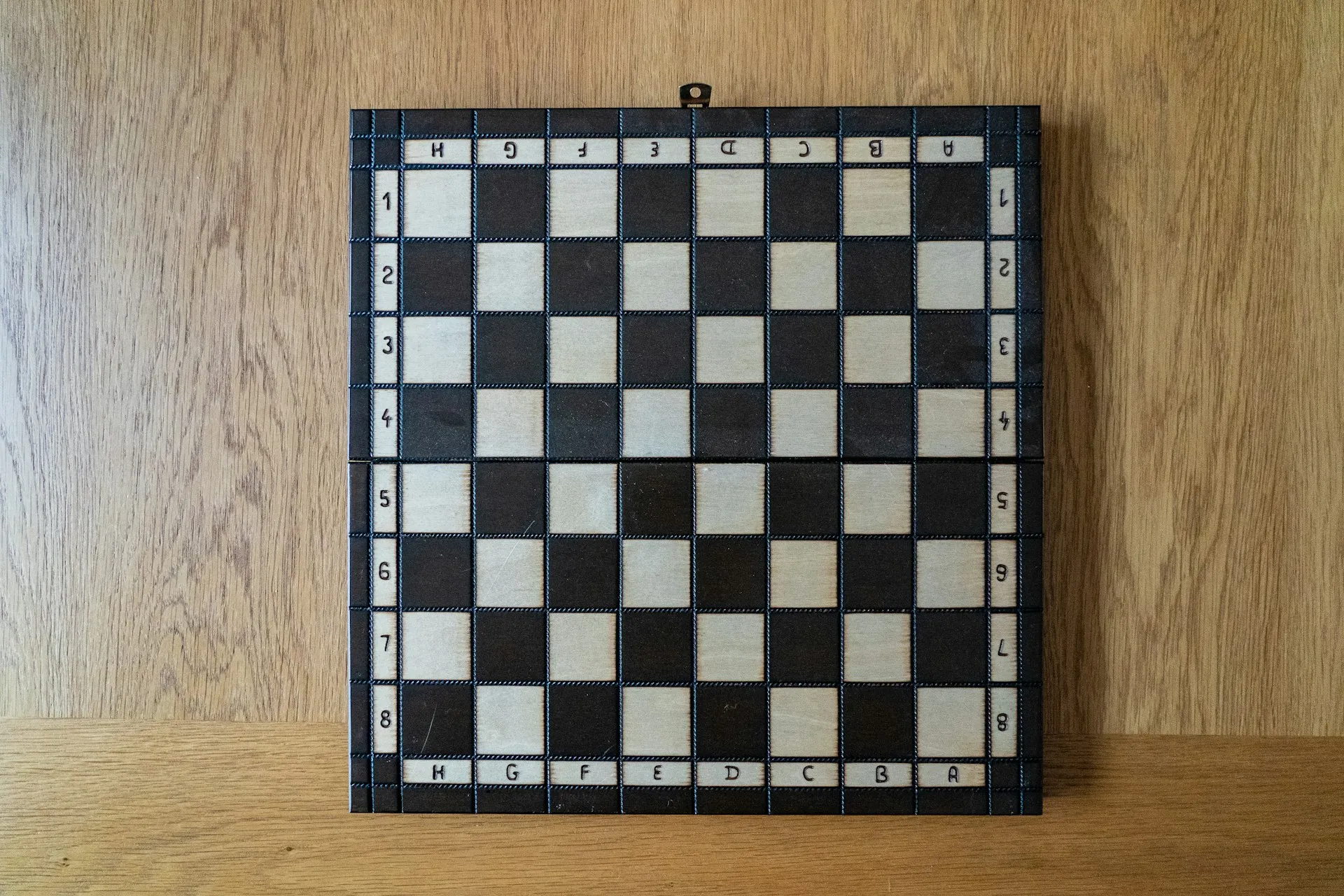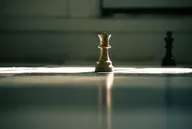The hidden geography of a chessboard
Really, what do we do with all these squares on a chessboard during a game? It might seem like every square is the same as the next, but the truth is far different. A chess game takes place in a strictly geometric space, on a board of 64 squares, all of the same size. Although there is no physical difference between them and only differ in color to easily distinguish them, their position holds crucial importance. For instance, the squares in the center of the board offer significant advantages over those at the edges. Why is this important? 🤔

Because pieces placed in the center can easily reach any part of the board, giving a significant advantage to our army. A piece in the center can move and attack in many directions, while a piece near the edge has fewer options due to at least one side of its range being missing, reducing its impact in the game.
Therefore, while each piece theoretically holds an absolute and constant value, in practice, its actual value significantly depends on the squares it occupies. Understanding the strategic value of each square can fundamentally switch your approach to the game. 🧠👀
Managing this dynamic is not simple. Occupying the center of the board does not just mean placing all your pieces there, because this could expose them to attacks from multiple directions. Moreover, too many pieces in a a small space can obstruct each other, reducing their effectiveness.
The goal is not only to occupy strong squares but also to protect the more vulnerable ones from opponent attacks. Occupying a central square with a piece is not always necessary: sometimes it’s enough to control it, thus preventing its occupation by an enemy pieces.
Stay tuned to the next articles, where I will talk a little bit deeper into the importance of lines of movement such as files, ranks and diagonals, and their impact in chess.
Alberto
Related Posts

The N-Queens Puzzle: A Journey Through Logic and Programming
The N-Queens puzzle is a classic problem of logic and programming that has fascinated chess lovers

Chess and Creativity: artificial intelligence
Artificial intelligence has redefined chess, introducing new ideas and strategies

Chess and Creativity: flexibility in structures
Pawn structures are not merely static setups: they represent the DNA of a position.